Hi, I’m Heather Maritano, and I’d like to welcome you to this self-guided book study. I think it would be a lot more fun if we were actually discussing the book, but I want to give you a few key points about why I’ve selected this book and what I’m hoping you might glean get from from reading through it, and then obviously taking your test to get your theory credits today.
This book that you’ve chosen, is Inscapes of the Child’s World by John Allen. And this is a Jungian text. So we’re going back and we’re looking at that seminal theory, the case illustrations. This book is just filled with case illustrations, and most of it from the book was published in 1988. First, and most of the cases that are covered are 20 years of John Allen’s work.
Prior to that. So that tells us a little bit about the time frame in which we are engaging with the material. And some of the language and understandings, coming out of out of that place. So, I received this book for my birthday in 1995, and I read it then and was really moved by the case illustrations and the affirming natural process of really exploring that child’s inner world and the healing that comes when we allow someone to explore in their right brain.
And then I read it again at some point. And, then in the last couple of weeks, just really enjoyed reengaging with some of these concepts and ideas. I was really tickled when there’s a case illustration about, the process, an art process that is not directed and, the process that this tree goes through. And I was remembering, one of the pivotal cases of my career in which, the, the symbol of a tree really followed the same journey that John Allen is describing in here.
So that in universal connection, I was I was tickled to discover again and have affirmed on that note, chapter seven gives some guides around use of color and use of symbol. Really giving a caution not to interpret any symbol, any color, any piece, outside of the whole case. And I think that is always a caution, and especially for me in Jungian work, where we have a universal, the collective unconscious, this universal understanding of symbols and the idiosyncratic nature of symbols and process and metaphor.
And so there’s always, I think, a little bit of attention when we’re not wanting to interpret, but we’re wanting to understand. So I just, I, I give you chapter seven with a little bit of, caution. I don’t give it to you. John Allen gives it to you. But, that that is what stood out to me. Especially as a note for you in preparation for your reading.
The other thing is, I think oftentimes when we come to a book, we might skip the foreword. Do not skip the foreword on this book. It is so beautiful and so affirming. Really inspiring about why we might want to engage with children and families in this way. Looking at how often in our therapeutic processes we can focus on what is dark and shameful and painful, and how sometimes we don’t allow for the joy and the beauty and the natural healing that sits side by side.
Trauma, attachment, wounds, pain. And so that wholeness of looking at both parts and the academic understanding. Yes, from from our left brains, but also just what naturally is occurring when we open up into the right brain process, into metaphor, where we’re understanding multiple layers simultaneously, layers of meaning. So please do read the foreword for this book.
Another thing I just wanted to note is that there is an appendix and there is a case illustration. This book is full of case illustrations that uses the rosebush technique. And so that is a cross theoretical, a violet oak lander actually developed that process. And it’s in her book, Windows to Our Children, which is like a stalled way of working with children.
So in this Jungian book, we have a gestalt process. So and there are some pieces about developmental theory as well. So we’re always looking at where those distinct lanes of theory and where they’re cross understanding and where the same process can be occurring. But we might be understanding it through a different lens. So there’s some really good discussions about that.
In terms of how John Allen and his team and specifically, I’m thinking of a case where they’re looking at how Bettelheim might have approached something in a completely different way. So I hope that you will enjoy reading, and if you have any questions or want to talk about this book, I would relish that. When you finish, then you’ll take your test and you will have your theory credits for this book. Thanks so much and enjoy. Bye bye.
